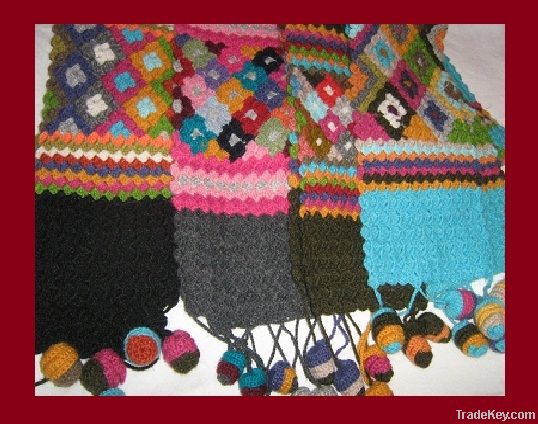





سعر فوب
أحصل على آخر سعر|
- Minimum Order
بلد:
Peru
نموذج رقم:
cha-156158159
سعر فوب:
الموقع:
-
سعر الحد الأدنى للطلب:
-
الحد الأدني للطلب:
-
تفاصيل التغليف:
-
موعد التسليم:
-
القدرة على التوريد:
-
نوع الدفع:
-
مجموعة المنتج :
-
الشخص الذي يمكن الاتصال به Ms. Estela
Huaylas, Chorrillos
Inca
textile
art is one
of the
oldest traditions of
the Andes
and
became one of
the most developed
during the Inca
boom, thanks
to
the alternation of different
materials and techniques (the result
of different
culture acquired
during the
conquests of other
ethnicities Andes),
the Incas were able to
produce a variety
of clothing
and everyday
items.
The
Incas inherited
a
tradition Andean
textiles,
mainly from the
production achieved by
the Wari
culture,
which achieved
a high artistic
quality in the use
of color
and
iconography, mainly
emphasizing the
development of
carpets or
rugs.
The
essential raw
material for clothing,
could be
obtained from the
flames, which
are
sheared
every
two years,
the
alpacas
and
vicuna (the
wool is
very
fine). Each
camel
could
provide up to
3 kg.
El arte textil incaico es una de las más antiguas tradiciones de
los Andes y llegó a ser una de las más desarrolladas durante el
apogeo inca, gracias a la alternación de diferentes materiales y
técnicas (resultado de la diversa cultura adquirida durante las
conquistas de otras etnias andinas), los incas lograron producir
una gran variedad de prendas de vestir y elementos de uso
cotidiano.
Los incas
heredaron toda una tradición textil andina, principalmente de la
producción lograda por la cultura Wari, la cual logro una gran
calidad artística en el uso de colores y en la iconografía,
destacando principalmente en la elaboración de tapices o
mantas.
La materia
prima indispensable para las prendas de vestir, podía obtenerse de
las llamas, a las que se esquilaba cada dos años, y de las alpacas
y vicuñas (cuya lana es muy fina). Cada camélido podía proporcionar
hasta 3 kg
| بلد: | Peru |
| نموذج رقم: | cha-156158159 |
| سعر فوب: | أحصل على آخر سعر |
| الموقع: | - |
| سعر الحد الأدنى للطلب: | - |
| الحد الأدني للطلب: | - |
| تفاصيل التغليف: | - |
| موعد التسليم: | - |
| القدرة على التوريد: | - |
| نوع الدفع: | - |
| مجموعة المنتج : | - |